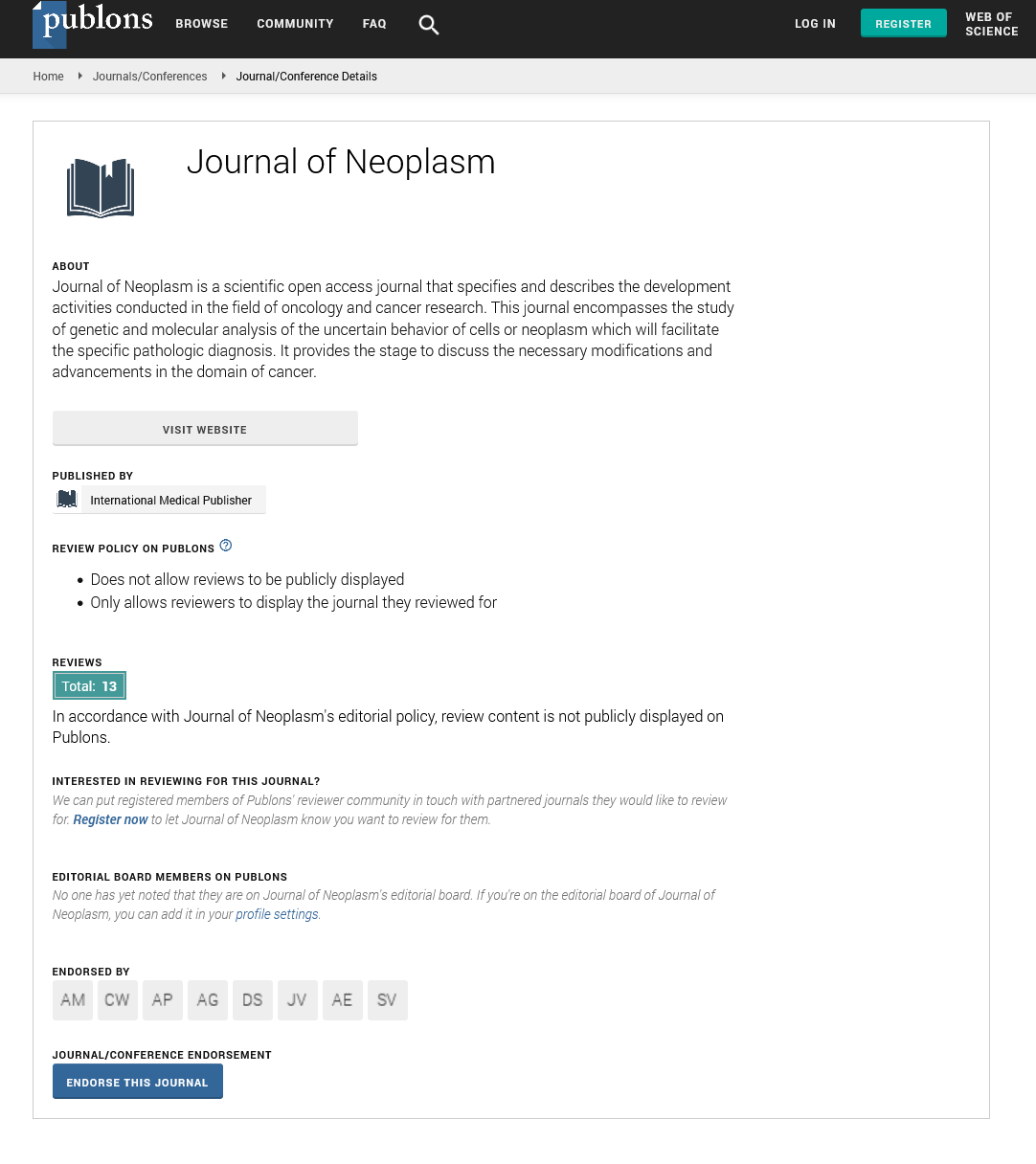Abstract
Reduced Intensity Unmanipulated Haploidentical Stem Cell Transplantation for Relapsed High risk Neuroblastoma after Autologous Stem Cell Transplantation
Background
Neuroblastoma (NB) is one of the most common indications for autologous Stem Cell Transplantation (SCT) in pediatrics, however, the main cause of treatment failure after autologous SCT is relapse/progression. This unsatisfactory results, together with the growing insights in the mechanisms of graft-versus-tumor effects has inspired trials investigating allogenic SCT.
Case Reports
The first patient was a 20-year-old male with progression of high risk NB, 4 years after High Dose Chemotherapy with Autologous Peripheral Blood Stem Cell Rescue (HDCT/ASCT), referred with multiple 123-Metaiodobenzyl Guanidine (MIBG) avid metastatic lesions. He underwent salvage chemotherapy and MIBG-therapy, after which imaging revealed no MIBG-avid tumoral lesion throught the body. He received peripheral blood stem cell transplant from his HLA-haploidentical father and has remained disease free for more than 3 years, until the prestent time.
The second patient was a 14-year-old boy with high risk NB who presneted with multiple MIBG-avid tumoral masses 5 years after HDCT/ASCT. After salvage chemotherapy and MIBG-therapy, imaging demonstrated MIBG-avid tumoral lesion in the left 12th rib. He received peripheral blood stem cell transplant from his HLA-haploidentical father. The lesion remained stable on the MIBG scan, until +270 days post transplant, however, it showed progression in the CT scan conducted on +365 days post SCT.
Author(s):
Tahereh Rostami, Amirabas Hedayati Asl, Reyhaneh Manafi-Farid, Azadeh Kiumarsi* and Seied Asadollah Mousavi
Abstract | PDF
Share this

Google scholar citation report
Citations : 144
Journal of Neoplasm received 144 citations as per google scholar report
Journal of Neoplasm peer review process verified at publons
Abstracted/Indexed in
- Google Scholar
- China National Knowledge Infrastructure (CNKI)
- Publons
- Secret Search Engine Labs
Open Access Journals
- Aquaculture & Veterinary Science
- Chemistry & Chemical Sciences
- Clinical Sciences
- Engineering
- General Science
- Genetics & Molecular Biology
- Health Care & Nursing
- Immunology & Microbiology
- Materials Science
- Mathematics & Physics
- Medical Sciences
- Neurology & Psychiatry
- Oncology & Cancer Science
- Pharmaceutical Sciences


